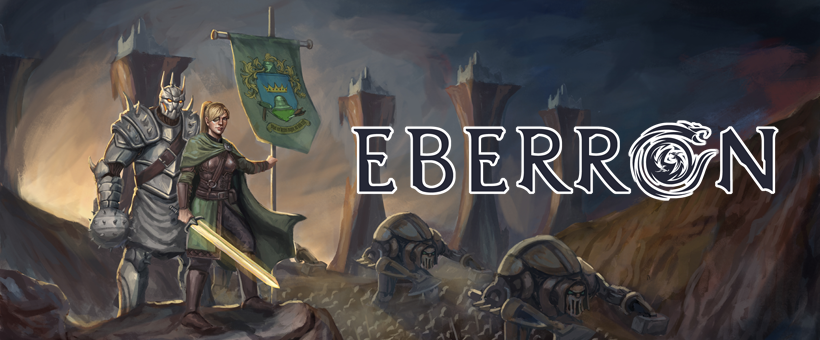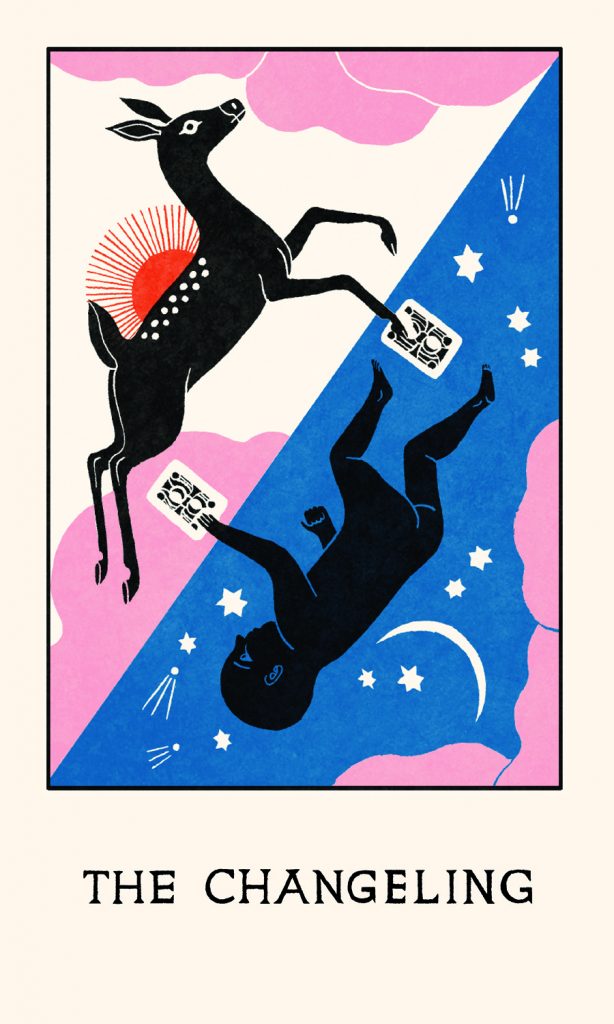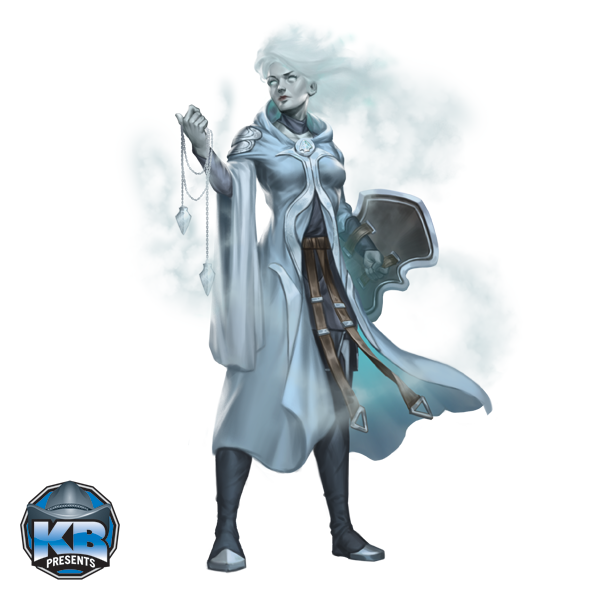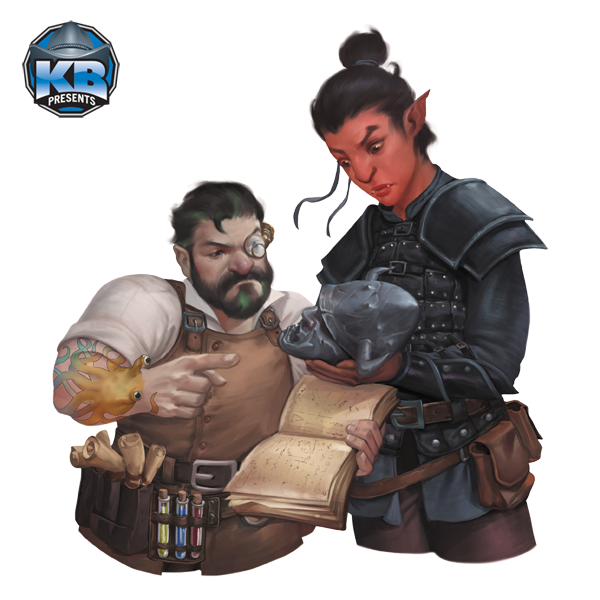
As time permits, I like to answer interesting questions posed by my Patreon supporters. Here’s a few more from March!
Canonically, Karrnath has a significant halfling population. How does this affect its culture?
The cultures of the Five Nations are inherently cosmopolitan, woven from a tapestry of different species. Halflings make up a minimum of 4% of the population of all of the Five Nations, and have since the time of Galifar. So first and foremost, keep in mind that the culture of Karrnath as it is defined—a culture of martial discipline and warlords, the undercurrent of the Seekers—were all formed with halflings as part of that tapestry. There are halflings teaching at Rekkenmark and at the Atur Academy. The typical Karrnathi halfling is grim and stoic, and likely served in the military; a Thrane halfling is likely to be devoted to the Silver Flame; an Aundairian halfling may be a flamboyant wandslinger. They’re all halflings, but they’re also Karrns, Thranes, and Aundairians—and they are part of the gestalt that created those cultures to begin with.
With that said, Karrnath does indeed have a higher halfling percentage than most of the Five Nations—twice that of any other nation. So roughly half the halfling population of Karrnath reflects the typical widespread presence of haflings throughout Galifar, halflings who identify culturally as Karrns. But that leaves another 5% of the population. These halflings are concentrated in southeastern Karrnath, along the always loosely-defined border with the Talenta Plains. This region has a tumultous history. Before Galifar, there were times when Karrn warlords subjugated nomad tribes, and there were times when Talenta raiders struck deep into Karrnath. Galifar and modern Karrnath largely brought an end to both extremes, but also established this region as a buffer zone. Some nomad tribes chose to settle in the area, adopting agriculture and swearing fealty to warlords in exchange for protection and support. In the present day, these still exist. These small towns are communities that are almost entirely comprised of halflings, whose people think of themselves as Karrns but still retain some elements of the Talenta faith, speak both Common and Halfling in everyday life, and who may domesticate fastieth, glidewings, or hammertails.
In the wake of the Last War, this region has taken on new significance. The original Eberron Campaign Setting says “… to curb continued aggression from the Valenar elves, Karrnath has established a separate alliance with the halfling clans of the Talenta Plains. This alliance has allowed Karrnathi troops to set up forts in halfling territory for the mutual protection of both nations.” So the buffer zone of halfling communities has existed for centuries, but in the wake of the Last War and this alliance, you have new Talenta tribes choosing to settle in this buffer region and adopting this hybrid lifestyle, as well as nomadic tribes who have shifted their migratory routes to pass through southern Karrnath, taking advantage of the alliance. Essentially, the border between Karrnath and the Talenta Plains is a spectrum whose inhabitants blend the traditions of both cultures. You have halflings who consider themselves Karrns and who are legally Karrnathi citizens, but who still maintain a number of Talenta tradititions (as well as unique traditions that have evolved through the merging of the two cultures)—and you also have nomads who consider themselves Talenta and aren’t Karrnathi citizens, but who are allowed to dwell in southwestern Karrnath due to the current alliance.
So small towns are Karrnathi communities—some of which have been around for centuries—and Karrns of any species are welcome in them. However, the practical fact is that these are mostly small communities, figuratively and literally; they are built by small humanoids for small humanoids. Medium humanoids can usually find shelter in a barn or church, and some villages have a dwarf or human family who may allow medium travelers to stay with them; but overall, these communities are on a smaller scale than the human-built Karrn towns. While many are small in population as well as scale, there are a few small towns of significant size along the Vulyar-Irontown road. The most notable of these is Sorallandan, a town of over ten thousand that has significant outposts of both House Ghallanda and House Jorasco; Sorallandan is a Halfling word meaning “The Hope For Comfort At The End Of A Lengthy Journey.”
Are there halfling warlords in Karrnath, or are these small towns governed by warlords of other species?
It’s a mix. The small towns around Odakyr and Vulyar owe fealty to human warlords, who are content to let the villages follow their own traditions as long as they meet their commitments as vassals. However, there are two domains along the stretch of land between Vulyar and Irontown that are held by halfling warlords. One of these warlord families—the Toralamars—were raised from the small towns centuries ago; Sorallandan is the Toralamar seat, and the family is committed to maintaining the traditions of the towns and ongoing cultural exchange with the Plains. By contrast, the Warlord Asta Vanalan commanded Fort Deepdark during final decade of the Last War, and Kaius recognized her service by granting her dominion over the nearby lands previously ruled by the ir’Jennrei line; while this technically ennobles her, Vanalan rarely employs the ir’ honorific. The Vanalan family has deep roots in Rekkenmark, and Asta is working to impose more traditional Karrnathi culture on the small towns within her domain; this includes an effort to convince Karrns from the west to resettle in the region. As a warlord, Asta has passed the daily duties of command of Deepdark to Brandin ir’Dulinch, but Deepdark remains the seat of her power.
Is there a group of kids in Khorvaire who wear sashes and sell cookies?
The first one that comes to mind are the Ghallanda Scouts. This organization is run by the Hosteler’s Guild of House Ghallanda. The mission of the Ghallanda Scouts is to build confidence and character. The primary focus is on wilderness skills—sharing the Talentan heritage of the house with all who wish to learn. However, it’s also well known for selling cookies, which both helps to raise funds and to hone business skills. Ghallanda Scout programs can be found anywhere where the house has a presence, and all children are welcome to participate; it’s not limited to halflings or Ghallanda heirs. If a character has the Outlander backgrounds, they could have been raised in the wild… or they could be a Sharn native who loved their time in the Ghallanda Scouts; just swap “A trophy from an animal you killed” for “A collection of merit badges.”
How common is the practice of Speak With Dead in the Five Nations?
There’s a few different aspects to this. Speak with dead is a service that exists in Khorvaire; the list of magewrights on page 318 of Rising From The Last War includes a medium who can perform Speak With Dead as a ritual, and elsewhere we mention a member of the Blackened Book—the mystical division of the Sharn Watch—using it as part of an investigation. So it’s a tool that is used in law enforcement, and I’ve previously mentioned it as a tool that would be used in archaeology. With that said, it’s not commonplace in the Five Nations, for a few key reasons.
- It’s difficult and expensive. Third level spells are at the top tied of what’s commonly encountered as “everyday magic” and according to Rising, you’d have to pay a medium 100 gp to perform the ritual.
- It doesn’t actually contact the spirit of the victim. You are drawing on trace memories attached to the corpse; you aren’t drawing their spirit back from Dolurrh. So it’s an effective way to gather information, but it’s not like you can have a normal conversation with your dead grandpa because you miss him.
- It has to be cast on a corpse. Followers of the Silver Flame typically cremate their dead. Vassals bury them and generally don’t look kindly on people digging their relatives up. It’s typically used by investigators before corpses are buried; at the very least, you’re going to have to file some paperwork to get dispensation to dig up a corpse for questioning. Which ties to the fact that…
- The people of the Five Nations don’t like necromancy. It’s not outlawed—and again, speak with dead is definitely used by investigators and archaeologists—but in the Five Nations, people think talking to skulls is CREEPY, and digging up the dead is worse.
So speak with dead exists and is used in the Five Nation, but it’s primarily used as an investigative tool prior to burial or as a scholarly tool on remains that have been recovered. Having said that, let’s talk about the exceptions.
Medium is listed as a magewright specialty. Magewrights have limited spell selection and can only cast spells as rituals, but they can also produce effects that are more dramatic than the standard spells. A magewright medium can certainly perform the standard speak with dead ritual—but a skilled medium can do more than that. In my campaign, a skilled medium can cast speak with dead without access to the corpse, provided they have access to strong emotional anchors—objects that were important to the deceased, and most of all, a living person with a connection to them. This is like a classic seance; it is a slow, lengthy process and the people who are close to the deceased have to actively participate in it.
If the deceased person hasn’t been dead for long, such a ritual may actually be able to reach their spirit in Dolurrh; but remember that spirits in Dolurrh are afflicted with ennui and are constantly losing their memories, so the longer they’ve been dead, the less of them will be left. The spell description notes that “Answers are usually brief, cryptic, or repetitive, and the corpse is under no compulsion to offer a truthful answer.” In the case of reaching a spirit still in Dolurrh I’d require a skill check on the part of the medium (Arcana or Religion) and a Charisma check on the part of the petitioner—with advantage or disadvantage based on their relationship to the deceased and how long they’ve been dead; a good result on both checks might be able to give a semblance of actually having a conversation with the deceased. Of course, the other side of this is that there are some mediums who are simply charlatans—who use detect thoughts to determine what the petitioner wants to hear, and illusion magic to put on a spookshow.
The Seekers of the Divinity Within—AKA the Blood of Vol—have skilled necromancers and no sentimental attachment to corpses. In some Seeker communities, the skulls of people seen as particularly wise or who possess valuable information will be preserved in a sort of library ossuary, allowing a necromancer to consult them with questions. However, this is just standard speak with dead, not something more dramatic like the spirit idols of Aerenal. Mediums can draw on the trace memories that remain in the skulls, but they aren’t actually speaking to the spirits of the deceased.
Meanwhile, when you go to Aerenal speak with dead is a very common tool—but in Aerenal, spirits of the dead are often preserved in spirit idols that prevent them from the dissolution of Dolurrh. When interacting with a spirit idol, speak with dead allows the caster to have an actual conversation with the deceased spirit; it’s not limited to five questions, and provided the spirit likes the questioner, answers don’t need to be cryptic or short.
That’s all for now! If you’d like to present questions for future articles, join my Patreon—thanks to my patrons for their questions and support! I won’t be answering further questions on this topic, but feel free to discuss these ideas and what you’ve done in your campaign in the comments!

 Unlock with Patreon
Unlock with Patreon

